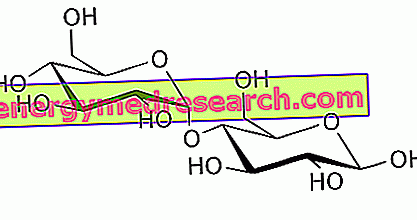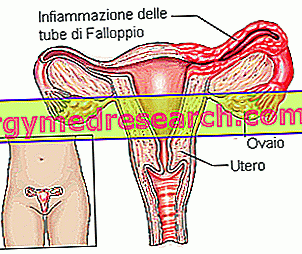Maltose is a disaccharide consisting of two glucose molecules joined together by α bonds (1 → 4). In nature, maltose is found in discrete amounts only in sprouted seeds.

Our organism obtains maltose from the digestion of starch, a polysaccharide typical of the vegetable kingdom. Once ingested, the starch is gradually broken down into shorter chains:
starch → dextrins (5-10 units of glucose) → maltotriose (3 units of glucose) → maltose (2 units of glucose) → free glucose
This digestive process begins already in the mouth, thanks to the intervention of the salivary amylases (or ptyalin), it gets stuck in the stomach due to the high acidity and resumes in the duodenum, where the pancreatic amylases are poured. Thanks to these enzymes the starch is broken down into dextrins, which will then be reduced to maltotriose and maltose by specific intestinal enzymes, called dextrinases. On the microvilli that cover the walls of the villi (extroflexions of the intestinal mucosa deputed to the absorption of nutrients) there are other enzymes ( maltase, isomaltase, saccharase), capable of separating these oligosaccharides in the single glucose units that compose them.
The hydrolysis reaction performed by our body can also be reproduced in the industrial field. The maltose thus obtained, thanks to its high digestibility, is used in the preparation of beverages and baby foods. It also acts as a substrate for yeast fermentation, thanks to the action of an enzyme, called maltase, which hydrolyses maltose to glucose; the latter will then be fermented by other enzymes present in the yeast, with subsequent production of alcohol (which evaporates during cooking) and carbon dioxide (which acts as a leavening agent).
Maltose is also important in the production process of beer and fruit jellies.
Foods rich in this disaccharide should be consumed in moderation, due to the high glycemic index that characterizes it (IG = 152 compared to white bread).



